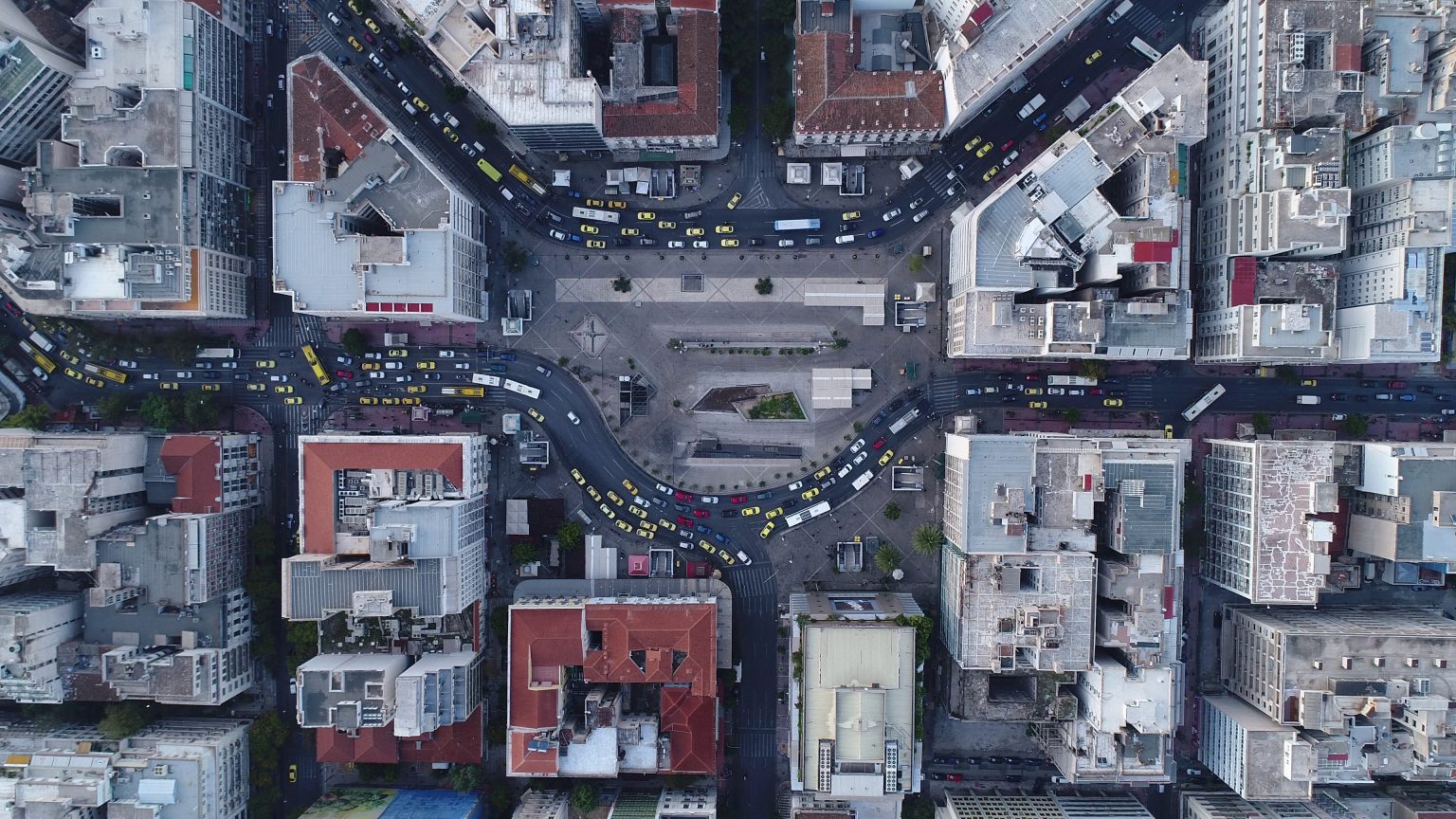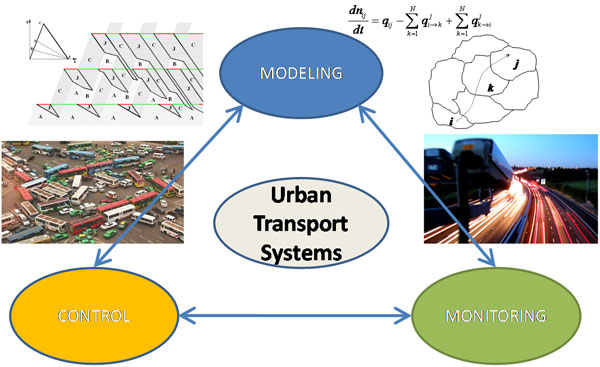Urban Transport Systems Laboratory (LUTS)

credits savethedave / CC BY-NC 2.0
Welcome to the Urban Transport Systems Laboratory (LUTS)
Traffic congestion has a significant impact on our daily lives as it directly affects our society’s productivity and health. The introduction of Intelligent Transportation Systems (ITS) technologies and new sensing hardware promise significant progress in reducing the congestion level in cities. A key component of our research is to build on observation-based macroscopic models that alleviate the fragility problems of traditional forecasting models. Our approach is that monitoring replaces prediction, and the system is repeatedly modified based on observations. Monitoring technology allows us to observe and quantify more and more things in real time and this expands the scope of policies and methods that can be tried.  Our research activities focus on three main complementary directions: modeling, monitoring and control of urban transport systems. You are encouraged to click in any of the following three components of our research for more information and some enjoyable animations.
Our research activities focus on three main complementary directions: modeling, monitoring and control of urban transport systems. You are encouraged to click in any of the following three components of our research for more information and some enjoyable animations.
Modeling
We have recently observed both with simulation models and empirical evidence that some properties of traffic flow observed at the single-road level, such as the relationship between average flow and average density, scale up in the aggregate to large and complex networks. For some types of networks, these properties can be a “natural law” with surprising orderliness, independent of detailed micro-scale data and consistently observed for different demand patterns. This means that complex urban networks can be analyzed in the aggregate with very little data and we are focusing our efforts to this line of research.
Control
The aforementioned traffic property, called the Macroscopic Fundamental Diagram (MFD), can be used to improve cities’ accessibility and mobility. This can be done with pricing, allocating urban space between modes and/or perimeter control strategies. Simple versions of these strategies are already being used in many cities like London, Stockholm and Singapore, Zurich etc. But, by using a well-defined MFD and monitoring the state of traffic continuously, traffic managers can now see whether their system is in a state that is producing the desired mobility levels for all modes. Therefore, existing strategies can be refined.
Monitoring
One of the primary objectives of our effort is to address issues associated with arterial congestion monitoring in order to create a wealth of reliable data (e.g., flow, density, trajectories, etc.) crucial to developing and testing the models and the control logic. Reducing congestion by employing technologies is an attainable goal if one carefully considers and effectively addresses the challenges associated with the use of appropriate sensors and control methodologies.
Our activities benefit from strong collaborations with colleagues at EPFL, at the Universitat Politècnica de Catalunya (UPC), at the University of Minnesota, at the University of California, Berkeley and in other European and American universities.
Visitors and candidates (Ph.D. or postgraduate) interested in pursuing research in the field of Urban Transport Systems are encouraged to contact us.We are currently actively looking for two interns, one Ph.D. student and one postdoctoral fellow.
Yours,
Nikolas Geroliminis